Melden Sie sich bei getAbstract an, um die Zusammenfassung zu erhalten.

Melden Sie sich bei getAbstract an, um die Zusammenfassung zu erhalten.
Deepak Malhotra
Negotiating the Impossible
How to Break Deadlocks and Resolve Ugly Conflicts (Without Money or Muscle)
Berrett-Koehler, 2016
Was ist drin?
Keep even hard negotiations on track with three often-neglected tools: “empathy,” “process” and “framing.”
Recommendation
Harvard Business School’s Deepak Malhotra offers you three powerful tools – “empathy,” “process” and “framing” – for successful negotiation. Malhotra describes each technique, gives concrete tips on using it and offers historical examples of its application. He relates how President John F. Kennedy used empathy to defuse the Cuban missile crisis, and how Saudi Arabia’s King Faisal overcame religious resistance to the introduction of television by reframing it as a medium for disseminating the Quran. getAbstract recommends Malhotra’s indispensable manual to entrepreneurs, business strategists, labor negotiators, government officials, and anyone who negotiates salaries or contracts.
Summary
About the Author
Deepak Malhotra is the Eli Goldston Professor of Business Administration at Harvard Business School where he teaches negotiation. He won the HBS Faculty Award in 2011. An international consultant, he also wrote Negotiation Genius and I Moved Your Cheese.










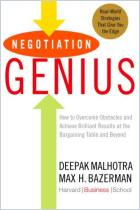
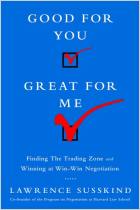

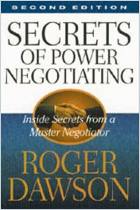
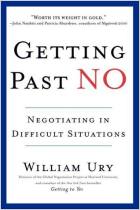
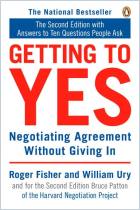
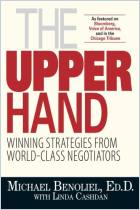


Comment on this summary